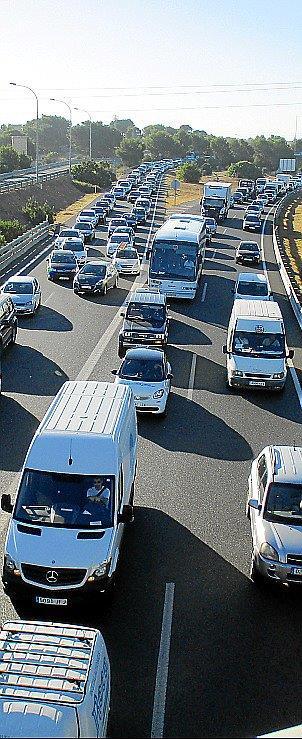Palma mayor, Antoni Noguera, is determined that the city should take measures to mitigate the effects of climate change and of "islands of heat" where temperatures are particularly high in parts of Palma.
Climate change effects are, he believes, becoming ever more apparent. According to a university study, he notes, Palma can expect to have fifteen days of very intense heat and fifteen more of extreme heat. Faced with this, he has stated his commitment to act to ensure a "green and sustainable future" for Palma.
In rethinking the model of the city, there need to be fewer cars and no pollution so that the temperature is reduced and the city is made healthier. In this context, he refers to the plan for the urban forest to be created in and around the old greyhound track.
Noguera also wants to promote pedestrian use of the city, to reduce emissions and to achieve a greener, friendlier and more habitable city. Buildings need to be adapted through the use of green energy.
He notes that the town hall has increased its use of renewables and advocates shared responsibility by business in order to ensure a sustainable future. On water, he stresses the importance of "not wasting a drop". The town hall is responsible for ensuring that aquifers are replenished and for retaining water. The torrents, such as Riera and Mal Pas, offer opportunities for greenways to offer the effects of the islands of heat. They enable Palma to be reconnected to nature through direct access to the Tramuntana mountains.
As for the bay of Palma, this should not be treated as a dump but as a green lung for the city, courtesy of the posidonia sea grass. "We have to ensure a clean, plastic-free and more resistant coastline." He concludes: "If we can have greener spaces, we will be able to reduce the impact of climate change in Palma."


1 comment
To be able to write a comment, you have to be registered and logged in
Another of Señor Noguera´s measures should be to tackle litter. Schoolchildren should be taught how to use waste bins and re-cycle bins. Street littering should be severely punished - make offenders pick up litter for a few days and fine them.